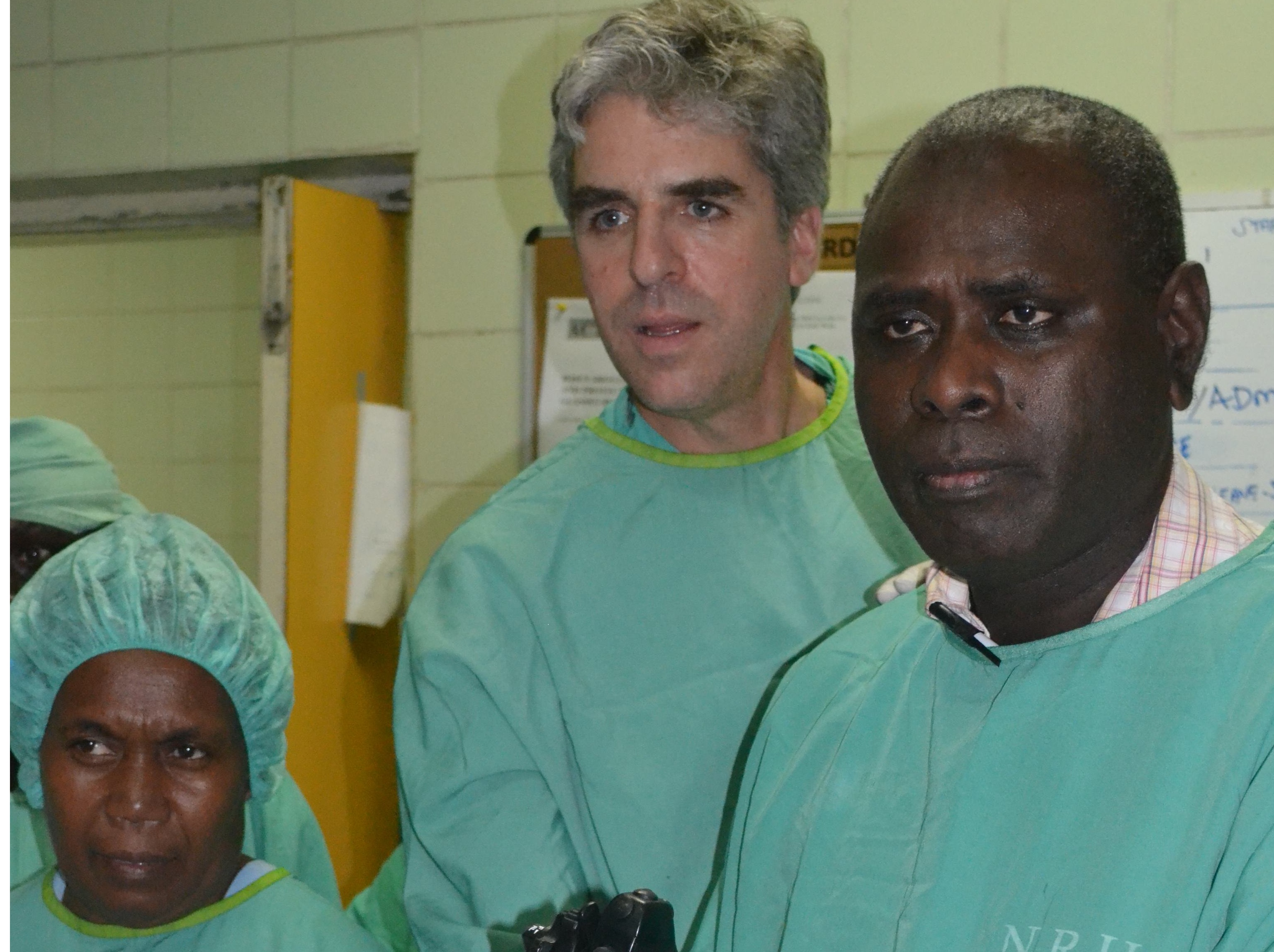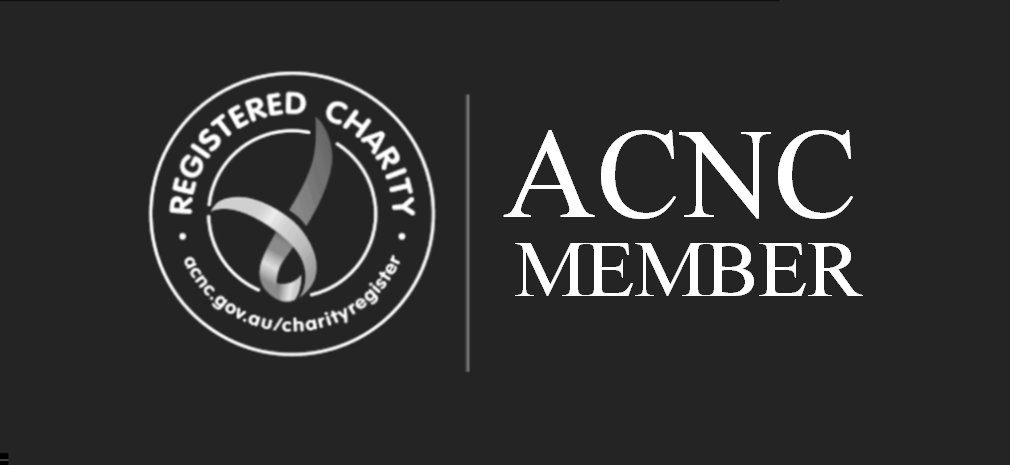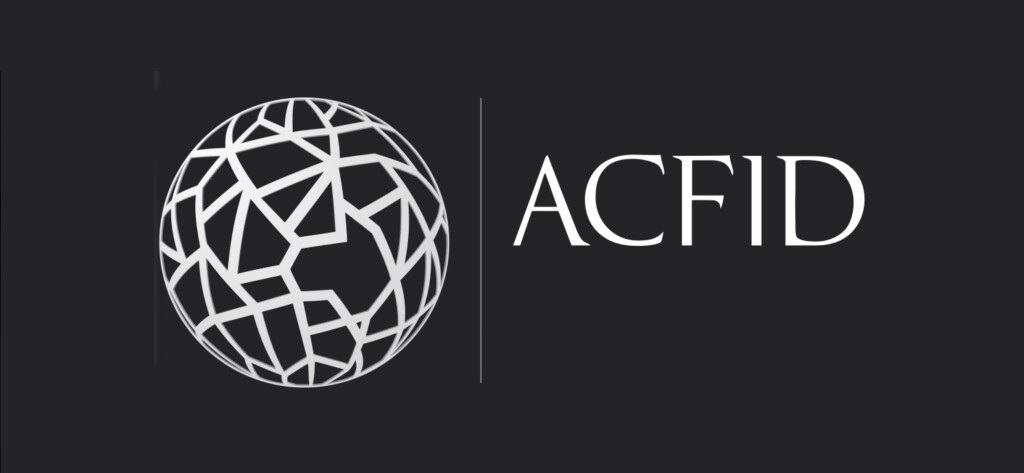
Sustainable fisheries, ocean conservation, climate change and economic development are important issues our Pacific Island leaders are discussing at the UN General Assembly as well as other regional meetings. We would like to add to this discourse the health challenges the people of Pacific Island nations are faced with. The alarming rising tide of chronic diseases throughout our Pacific region must be addressed as it adds another layer of stress to health systems already taxed by infectious diseases such as malaria, dengue, tuberculosis and childhood diarrhea. Health aid is currently regionally distributed throughout the Pacific, and while this collective approach may be efficient, it might actually be harming some of our least developed countries in the region.
Cancer deaths in Melanesia are projected to increase by 43 per cent by 2030. These projections underestimate the problem in countries like Papua New Guinea and Solomon Islands, where cancer reporting is only just being established and where many of our people succumb to their diseases in their rural villages without ever knowing what killed them. Screening programs are underdeveloped, leaving our healthcare providers limited options to treat patients once they present with advanced, incurable diseases. The distribution and risk factors related to the cancers we treat may be unique to our region and merit comprehensive epidemiologic investigation.
Increasing numbers of chronic diseases are not the only health threats Pacific Islanders are vulnerable to. Climate change impacts such as extreme weather events, heat, and rising sea levels also adversely affect our health. The recent WHO Climate Change and Human Health conference highlighted the inextricable link between human health and climate change. It also affects our economies. The downward revised GDP growth rate in our country, Solomon Islands, on the heels of a recent deadly flood is one such example. Disease outbreaks following extreme weather events not only tax already short-staffed and under-supplied health systems, but they also turn diarrhea and influenza-like illnesses into killers.
Infectious diseases, until now, have been our greatest health challenge. Human papillomavirus, Hepatitis B virus, Helicobacter pylori and Epstein-Barr virus contribute to 18 per cent of our cancers, and outbreaks of infections like dengue fever have challenged our systems. The unfolding deadly Ebola outbreak in Western Africa has many lessons for us in the Pacific. Ebola virus reminds us that weak public health and health care systems allow infectious agents to flourish unchecked due to the inability to diagnose, contain, and treat them in a timely fashion. It also highlights that despite billions of dollars spent on disease-specific treatment programs, the public health and health care systems remain inadequate in many developing countries. Public health laboratories are the mainstay of infectious disease control, but at present Pacific Island laboratories can only perform a limited catalog of diagnostic tests. Current responses to significant outbreaks like dengue rely on the external assistance of expatriate specialists. While valuable, this is not a sustainable solution to our problem. In 2011, WHO’s Laboratory Strengthening for Emerging Infectious Diseases Program was initiated in the Asia-Pacific Region in order to address the need to develop national public health laboratories. But as of 2014 most Pacific Island nations have been unable to establish these vital laboratories in contrast to our Asian counterparts.
Pacific Island nations are not all at the same level of development and for this reason we advocate for an individual as well as regional approach toward health development aid. The 2014 UNDP Human Development Report ranks the majority of Pacific Island nations in the medium to high developed category, but Papua New Guinea and Solomon Islands are ranked in the least developed category along with Sub-Saharan African countries (PNG and Solomon Islands rank 157th of 187 countries). The Intergovernmental Panel on Climate Change AR5 uses this same development data to predict vulnerability to climate change impacts. The lower the rating, the more vulnerable Solomon Islands and Papua New Guinea are. The World Risk Report Index further supports this notion. Of the 15 most at risk countries in the world in 2013, four of them–Vanuatu, Tonga, Solomon Islands and Papua New Guinea–are Pacific Island nations. The percentage of GDP spent on health care varies widely among Pacific Island nations: from 4.3 per cent in Solomon Islands to 10.6 per cent in Palau. This results in disparities among our region’s hospitals and clinics, medical supply chains, trained healthcare workers and in measures of health outcomes. These are valid reasons to tier aid in our region.
Strong public health services and health care delivery systems with the capacity to respond to injuries and infectious disease outbreaks, while maintaining care and prevention of chronic diseases, are needed in the Pacific in order to maintain a civil society, foster development, and prepare for future climate change impacts. Overlays of country specific programs tailored to address health development needs using stratified aid should be added to current aid schemes. We need educational partnerships with developed country healthcare professionals, administrators and technicians, as well as sector leaders, in order to put in place a broad health infrastructure that protects our people.
It is time to take a hard look at the way health aid is currently delivered in the Pacific and determine if it is resulting in better, sustainable care based upon improved outcomes. Is the program building health system strength from its foundation upward? Can we craft a new agreement on how to best facilitate this in countries like Solomon Islands by merging the current piecemeal aid into a comprehensive multi-national partnership with the host nation overseeing the program? This approach requires multinational cooperation in order to form a “health coalition” that uses political, humanitarian, economic, scientific and medical capital to meet its goals. International coalitions are employed in response to worldwide threats to freedom. We should employ the same approach in order to confront the health challenges our people of the Pacific face. Today the battle fields throughout our Pacific Islands are the hospitals and clinics where there are not enough resources to diagnose and treat increasing numbers of people with diabetes, cancer and heart disease, which have come from Western influences and the inexorable push of globalisation. Without the capacity to respond to chronic diseases, the health impacts of climate change and outbreaks of new infectious diseases, it will not be terrorism, China, or over-fishing that poses the greatest threat to our security in the Pacific region, it will be this “perfect storm” of multiple health threats that will overwhelm our underdeveloped health care and public health systems.
Rooney Jagilly MD is the Medical Director of the National Referral Hospital in Honiara, Solomon Islands. This article was written by Rooney Jagilly with help from Tenneth Dalipanda the Permanent Secretary for the Ministry of Health and Medical Services in Solomon Islands and Eileen Natuzzi an American public health surgeon working on health development in Solomon Islands.



